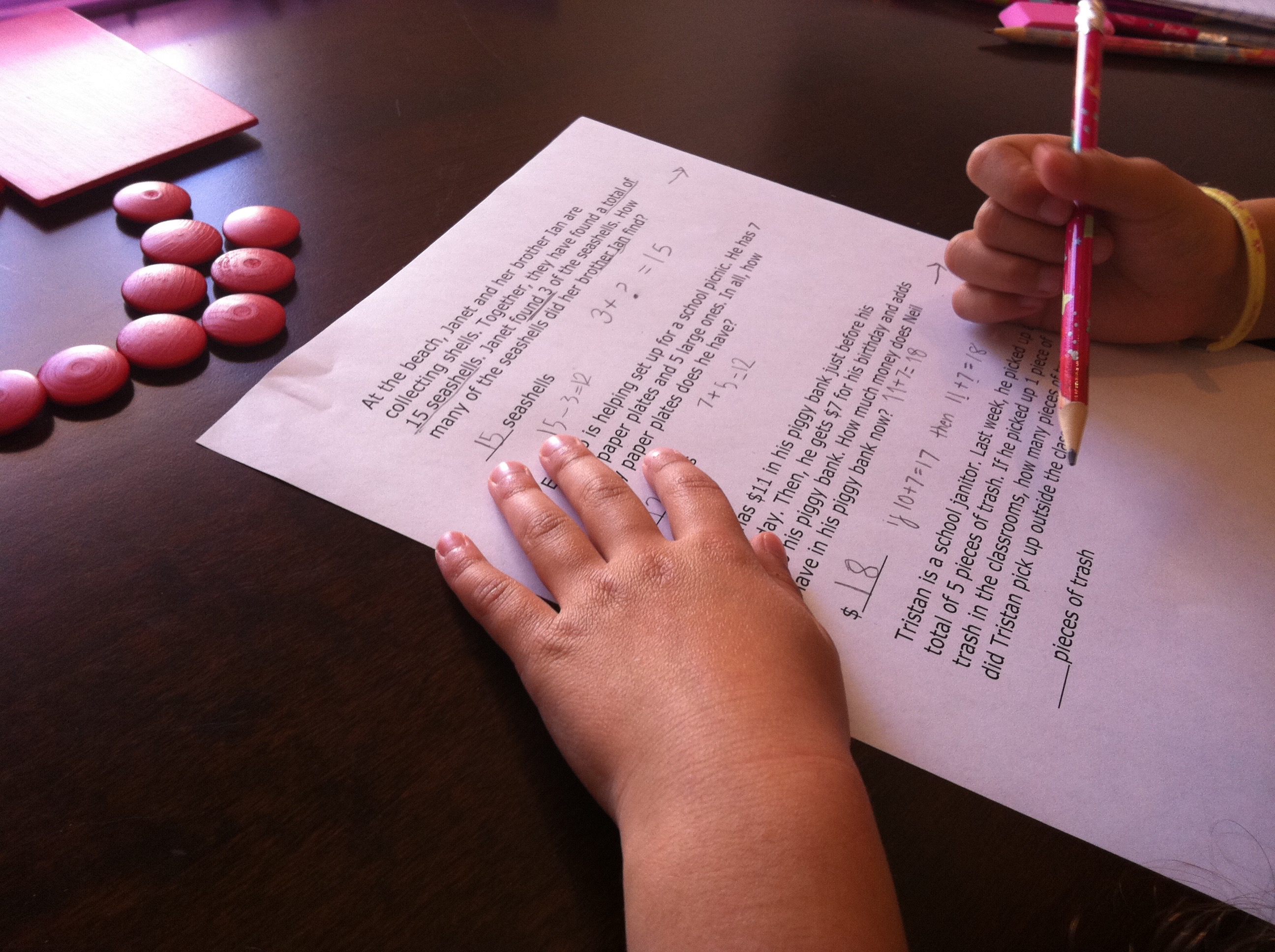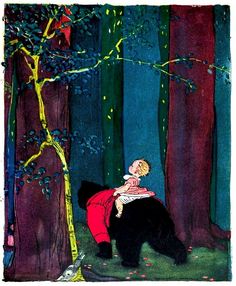“One looks back with gratitude to those teachers who touched our human feelings. The curriculum is so much necessary raw material, but warmth is the vital element for the soul of the child.”
– Carl Jung
This morning I saw an ad for an app called Cograder. In the advertisement, a teacher spoke directly to his colleagues, “I teach high school English in Colorado”… He complains about having no time to do anything personal because grading takes so long-until he discovered Cograder, his A.I. assistant. Rather than teachers using artificial intelligence to help them grade, further separating the relationship between teachers and students, I propose a completely different solution: Eliminate tests and grades.
For an educator to suggest doing away with tests and grades is tantamount to blasphemy. But I believe that it is vital at this juncture in time when the uses of artificial intelligence are increasing on every front, to take a very close look at how we teach now and what the expectations are for students to come.
The current concept of how schools should be was devised during the Industrial Revolution. We are currently in the midst of a Technical Revolution. Just as at the beginning of the Industrial Revolution there was no way to conceive of what the future would bring, in a rapidly evolving technology explosion, it is equally, if not more, impossible to predict our future. However, there are some things that we do know, some things that do fit a current and future world’s needs. As the modern world becomes more and more divided into us and them, there is a desperate need now for building relationships, social skills, critical thinking, and empathy.
A.I is here, it will evolve as it will, and let’s hope it’s for the best, but more than ever in an increasingly technical world, teachers’ relationships with students need to be built on compassion and understanding of each and every student as a unique individual.
When I say that our schools would work much better if we did away with testing and grading, I do not mean to suggest that we lower teaching standards, quite the contrary. What I mean is that we must offer an environment that actively encourages learning, an environment that supports the innate yearning to grow, to lean toward truth and understanding.
Testing, grades, awards for high achievers, etc, are designed to promote competition rather than excellence, orchestrated to encourage children not to make mistakes, to be ashamed of mistakes, and to avoid them at all costs. Yet just about every professional in the field of education agrees that thinking of mistakes as the perimeter of a students’ mastery of a concept, and using that benchmark to create a better path to increased understanding, is the very best way to learn.
An atmosphere of discouraging mistakes creates a class room of children who inhibit their creativity out of fear of being thought foolish. Essentially, students silence themselves. They do not feel free to follow the rabbit trails of connections that lead to true perception. Comprehension of new concepts is a process that involves curiosity, creativity, and an open mind. It takes place in an environment of trust. Mistakes in a classroom should be seen as opportunities to learn, and children should be encouraged for thinking outside the standardized boundaries.
Testing is too often a stressful experience that leads not to true or lasting understanding, but short term memory, all night cramming, and sometimes, cheating. Cheating (which, ironically, may entail a student using A.I.) may seem a viable alternative to failing if mistakes bring your grade down, which could affect your final GPA, which could affect your admittance to a prestigious university, which could affect your ability to get a decent job, which could affect your entire life…ad nauseam. Even if these strictures once were true, technology is changing our lives so rapidly that they can no longer be true, as we have no idea what the future will require.
Rather than doing things as they have always been done, let’s ask the question: What do we want to achieve through education? Are we succeeding in these goals by training students to test well, at the expense of teaching them to think?
At the risk of sounding utopian, try to imagine a school in which a child is truly respected. Although we cannot know what the future holds, one thing we do know is that our children are the future. Let’s stop expecting them to go into the factory of our current education system and come out a fully formed human ready to follow all the rules. Instead, let’s encourage them to wonder, to explore, to be curious and caring individuals. Let’s teach the whole child, and this means truly seeing the individual student, being sensitive to the nuance of how each student expresses herself. This cannot be accomplished by feeding a child’s responses into a virtual assistant without capability of emotion or nuance.
What is needed now, what is vital, are teachers who are more human, not less.
When AI tears up at hearing an old song, knows the heart ache of seeing children suffer in senseless wars, stares in wonder at the night sky, falls down on its knees awestruck by the splendor of it all, the magnificence, the marvel, and the miracle of this beautiful blue spinning planet, when this happens, I will consider changing my opinion.

“When I say it’s you I like, I’m talking about that part of you that knows that life is far more than anything you can ever see or hear or touch. That deep part of you that allows you to stand for those things without which humankind cannot survive. Love that conquers hate, peace that rises triumphant over war, and justice that proves more powerful than greed.”
-Mr. Rogers












 Days of Discovery – Monterey Bay Aquarium
Days of Discovery – Monterey Bay Aquarium Michael Esgro 1991 – Volunteer D.O.D. Scuba Diver – Lifetime Explorer
Michael Esgro 1991 – Volunteer D.O.D. Scuba Diver – Lifetime Explorer




